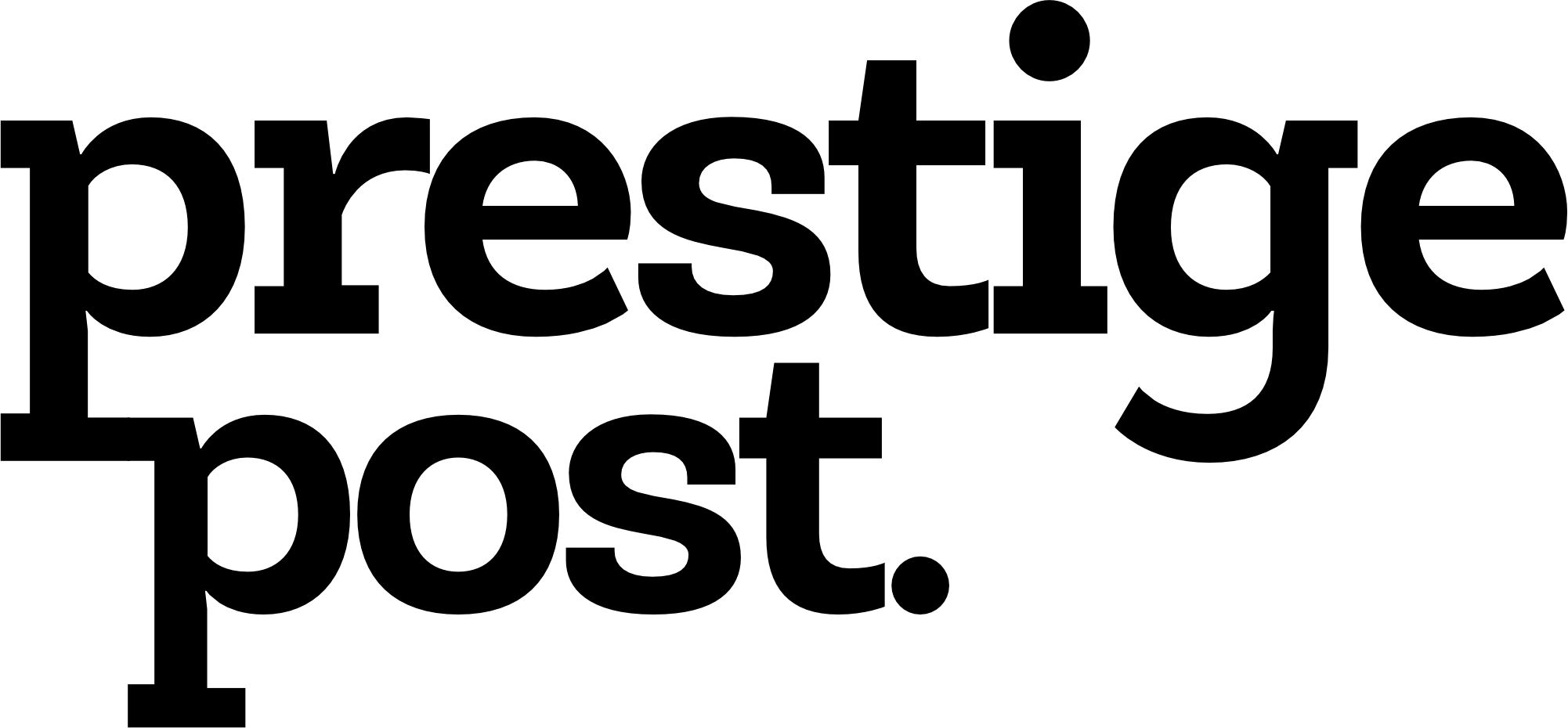New York – Pat Gelsinger’s exit from Intel has certainly not been under the most flattering circumstances, but the former CEO is departing with a substantial severance package that provides him with a financial cushion as he moves on. According to official filings with the Securities and Exchange Commission, Gelsinger will receive 18 months of his base annual salary, which stands at $1.25 million. This figure alone will ensure that Gelsinger walks away with a minimum of $2.25 million in salary over the next year and a half, following his resignation from the tech giant.
On top of this, Gelsinger is in line for a bonus payment worth 1.5 times his current target, which stands at 275% of his base salary. The calculation of this bonus results in a sum of approximately $3.4 million, which will also be paid out over the same 18-month period as his base salary. Thus, his severance package, including both salary and bonus, reaches a combined total of around $5.6 million.
Adding to Gelsinger’s financial package, he owns approximately 646,000 shares in Intel, according to a regulatory filing from November. At the current market price, these shares are valued at over $14.5 million, further boosting the financial value of his departure. This substantial stockholding, coupled with his severance, means Gelsinger will leave Intel with more than $20 million, a figure that many would consider a fitting exit given his position and tenure at the company.
Gelsinger’s resignation, which Intel confirmed on December 1st, capped off a tumultuous period for the company. Under his leadership, Intel struggled to regain its former position as an undisputed leader in the semiconductor industry. During Gelsinger’s time as CEO, the company’s stock price plummeted by more than 60%, reflecting the significant challenges that Intel faced in an increasingly competitive market. Once considered the crown jewel of American technology, Intel found itself outpaced by competitors that were quick to capitalize on the burgeoning AI boom and other technological advancements.
Gelsinger, who took on the role of CEO in February 2021, came to Intel with a wealth of experience, having previously served as the company’s Chief Technology Officer. His return to Intel followed a successful stint as CEO of VMware, a leading software company. However, despite his experience and expertise, Gelsinger’s leadership was not enough to turn the company around. Intel found itself facing not only formidable competitors like AMD and Nvidia, but also internal challenges such as crippling production delays, which further hampered the company’s ability to compete effectively in the semiconductor market.
Intel’s inability to capitalize on the explosive growth of AI technology, which significantly boosted the stock values and performance of rivals like Nvidia, was perhaps one of the most glaring missed opportunities during Gelsinger’s time as CEO. Despite billions of dollars in government support aimed at helping Intel boost its domestic chip manufacturing capabilities, the company’s production delays and failure to meet market demands left it trailing behind in a key industry shift.
Moreover, Intel’s financial troubles were compounded by the announcement in August 2023 that the company would lay off 15% of its workforce, a move aimed at cutting $10 billion in operational costs. The layoffs, which affected thousands of employees, reflected the broader challenges faced by the company under Gelsinger’s leadership. With increasing competition, technological setbacks, and a rapidly changing industry landscape, it became clear that Intel needed a new direction.
The news of Gelsinger’s departure, while anticipated, marks a pivotal moment in Intel’s history. As the company looks ahead to find new leadership, the question remains whether Intel can regain its position as a leader in the semiconductor industry. Gelsinger’s financial windfall, despite the challenges he faced, is a testament to the high stakes of leading a company of Intel’s size and global significance.









